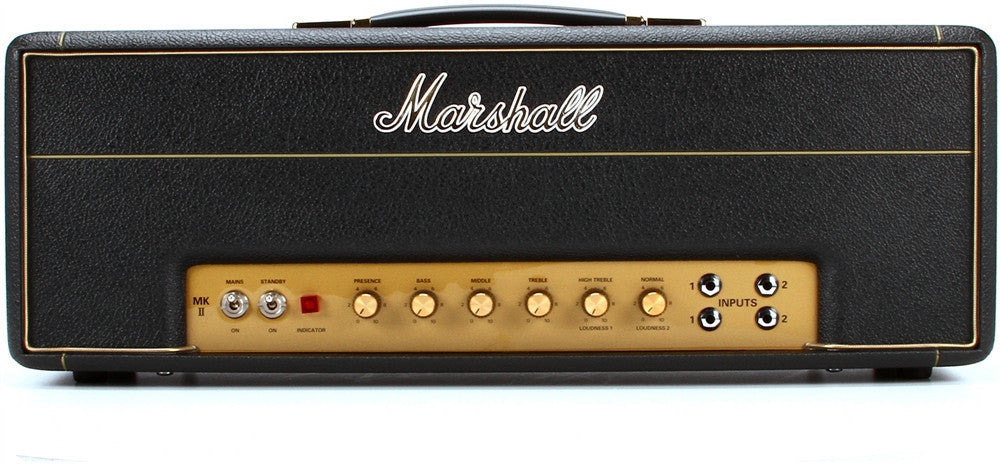What is the best way to emulate a tube EQ in DSP?
-
- KVRer
- Topic Starter
- 10 posts since 2 Jan, 2024
I have a somewhat noob question: is there a way to model this using, for example, digital filters or non-linear filters? Could i model the equalization curve and then the harmonics and other non-linearities? Or, is the best way to approach this through differential equations and circuit modeling?
-
- KVRian
- 841 posts since 21 Feb, 2006 from FI
Something to start with.
Will Pirkle - Designing Audio Effect Plugins in C++: For AAX, AU, and VST3 with DSP Theory.
Will Pirkle - Designing Audio FX Plugins 2nd Edition (see Download menu option).
On DSP Robotics Forums you can find schema for Tube stage emulation (you need to install Flow Stone (demo) to study the schema).
Will Pirkle - Designing Audio Effect Plugins in C++: For AAX, AU, and VST3 with DSP Theory.
Will Pirkle - Designing Audio FX Plugins 2nd Edition (see Download menu option).
On DSP Robotics Forums you can find schema for Tube stage emulation (you need to install Flow Stone (demo) to study the schema).
-
- KVRer
- Topic Starter
- 10 posts since 2 Jan, 2024
Could you model this through a black box approach? This approach doesn't require knowledge of all the internal circuitry details. Instead, it involves system identification, which focuses on the system's inputs and outputsjuha_p wrote: ↑Sat May 25, 2024 4:51 am Something to start with.
Will Pirkle - Designing Audio Effect Plugins in C++: For AAX, AU, and VST3 with DSP Theory.
Will Pirkle - Designing Audio FX Plugins 2nd Edition (see Download menu option).
On DSP Robotics Forums you can find schema for Tube stage emulation (you need to install Flow Stone (demo) to study the schema).
I know this may not be the best, but without knowing electronics, only DSP
- KVRAF
- 9476 posts since 17 Sep, 2002 from Gothenburg Sweden
https://github.com/sdatkinson/NeuralAmpModelerCore
Model the nonlinearities with this and build the eq of your choice around it.
Model the nonlinearities with this and build the eq of your choice around it.
-
- KVRian
- 1164 posts since 28 May, 2010 from Finland
I would probably do a convolutional model.
Yes, it can be approached using DSP, but finding suitable functions should take some time.
https://dsp.stackexchange.com/questions ... on-plugins
You could also try a hybrid model by taking a convolutional model and then modifying it.
Yes, it can be approached using DSP, but finding suitable functions should take some time.
https://dsp.stackexchange.com/questions ... on-plugins
You could also try a hybrid model by taking a convolutional model and then modifying it.
- KVRAF
- 15442 posts since 8 Mar, 2005 from Utrecht, Holland
I'm not sure what the goal is. The eq section of almost all tube amps I owned was never worth modelling. Closely resembled a simple capacitor-resistor pair doing the heavy lifting.
We are the KVR collective. Resistance is futile. You will be assimilated. 
My MusicCalc is served over https!!
My MusicCalc is served over https!!
-
- KVRer
- Topic Starter
- 10 posts since 2 Jan, 2024
Thank you, I'm going to see how this can be done.soundmodel wrote: ↑Sun May 26, 2024 9:00 am I would probably do a convolutional model.
Yes, it can be approached using DSP, but finding suitable functions should take some time.
https://dsp.stackexchange.com/questions ... on-plugins
You could also try a hybrid model by taking a convolutional model and then modifying it.
- KVRAF
- 9476 posts since 17 Sep, 2002 from Gothenburg Sweden
Seems you're confusing this:

with this:

-
- KVRer
- 5 posts since 4 Dec, 2006
Moving from biquad filters to something like TPT filters can be sensible. Their behaviour approaching 0 hz and on the top of the frequency range (nyquist aka 1/2 samplerate) is more like the analog counterparts work.
This might be a good (and mind blowing) read
https://www.native-instruments.com/file ... _2.1.0.pdf
This might be a good (and mind blowing) read
https://www.native-instruments.com/file ... _2.1.0.pdf
- KVRist
- 151 posts since 31 Oct, 2017
Low frequency stability is a thing with DF biquads but high frequency cramping is just the same unless you do something about it. But in light of how easy TPT and/or Andy of Cytomics SVFs are to implement, there's no reason to use DF biquads any more.


